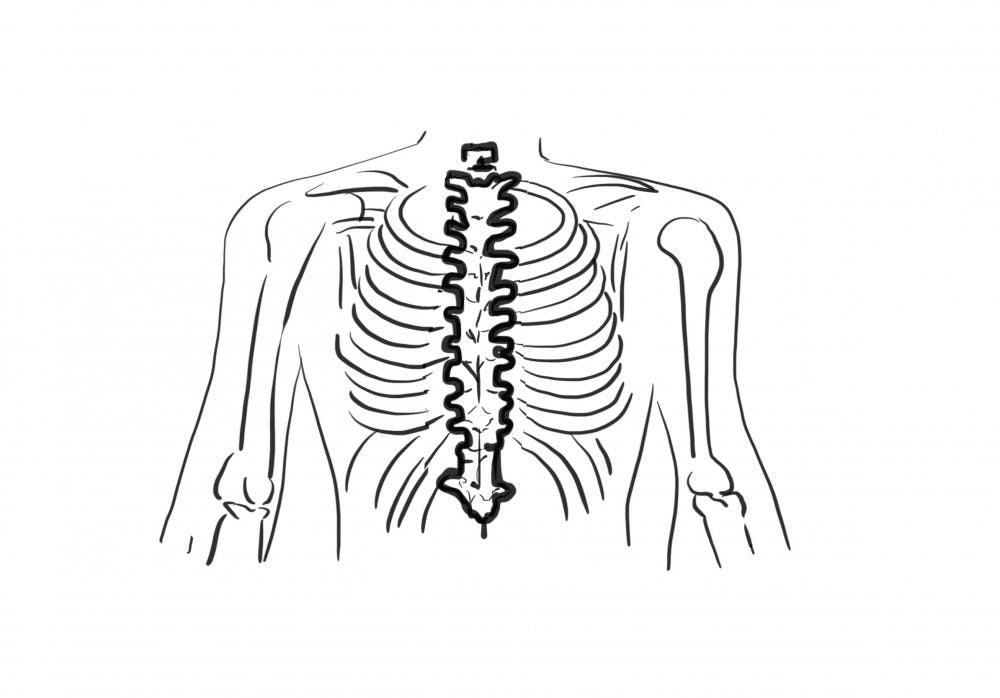A $6.3 million research grant from the U.S. Defense Advanced Research Projects Agency will allow University researchers to develop an implantable spinal device to help repair neural connections in the spine.
The grant will fund a University collaboration with the Rhode Island Hospital, Intel Corporation and Micro Leads Medical.
This new project falls at the intersection of neuroscience, computer science, engineering and clinical research. Researchers have created an implantable device that can record and stimulate areas both above and below a spinal injury in patients with spinal cord damage. Once the device records a signal traveling down the spinal cord from the brain, the signal is sent to a computer interface to be decoded by neural network algorithms, which are computer systems designed to recognize and transmit neural patterns. Then, the signal is used to stimulate the area of the spinal cord below the injury.
“The basic concept is to create an electrical bridge across the site of injury,” said Jared Fridley, the lead neuroscientist on this project and a neurosurgeon at Rhode Island Hospital. “If you can record from above the site of injury, record from below the site of injury and stimulate based on the interpretation of the information, then you can essentially bypass the site of injury.”
What makes this project distinctively innovative is the bi-directional nature of the device. Not only can the device stimulate the spinal cord below the site of injury, but it can also stimulate the spinal cord above the site of injury. This allows the brain to receive sensory information from arms, legs and other extremities and adjust its own signals accordingly, which would be difficult without stimulation both above and below an injury. This technology can also be used to study the feedback loop between the brain and body, which helps regulate both motor control and control of voluntary bodily functions.
By recording above and below the spinal lesion, researchers can also study the nature of the injury and healing process. “The feedback loop is very important,” said David Borton, a researcher at the Carney Institute for Brain Science and an assistant professor at the School of Engineering, who is the principal investigator for this project. “We put an electrode ray above the injury … and evaluate: what can we learn about the lesion itself? Are all lesions the same? When someone is clinically diagnosed with a complete spinal cord injury, is that in fact a complete injury, meaning there’s no passing of signal across that lesion?”
Over the next two years, the researchers hope to gain insight into the signaling process of the spinal cord and develop algorithms to mimic these signals in patients with spinal cord injuries. This study is purely exploratory, meaning that the researchers do not currently plan to use the device in a true clinical setting. But they hope to one day use the data to develop therapeutic devices to help patients with spinal cord injuries, many of whom are veterans. The researchers are optimistic that the interdisciplinary nature of the project will allow them to gain fresh insight into the relatively unexplored field of spinal signaling.
“We are hoping that eventually we can come up with a device that will be commercially available,” said Ziya Gokaslan, chief of neurosurgery at Rhode Island Hospital. Ideally, this device would not only help with movement after injury but also voluntary control of the bowel and bladder, he said. This will greatly improve patient quality of life.
“There’s not clinical treatment for spinal cord injury right now at all. So if it worked, it’d be amazing. It’d be one of the few tools we could provide to people,” Fridley said.





